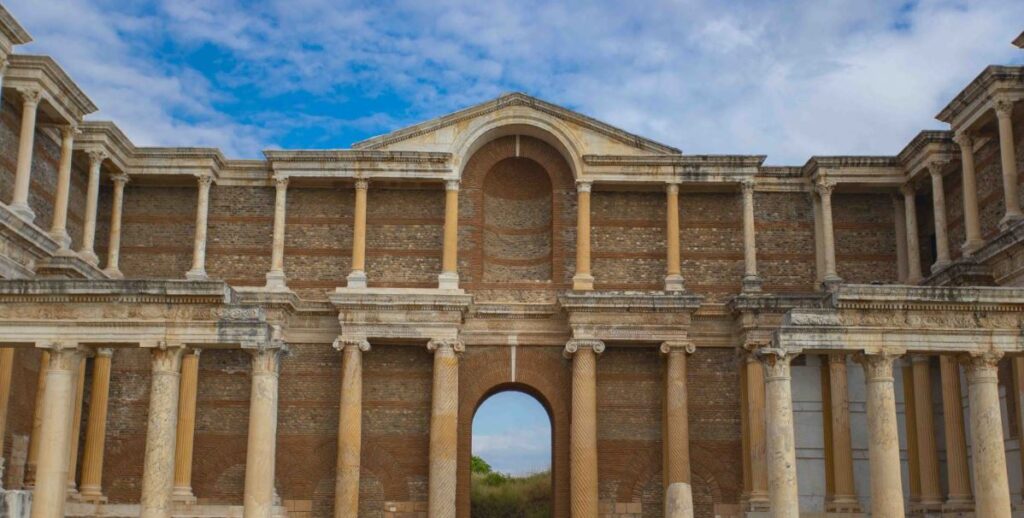
Lets Discover the Ancient City of Sardis
The ancient city of Sardis is a captivating archaeological site nestled amidst the rolling hills and fertile plains of the Hermus Valley in western Turkey. Sardis Ancient City offers a window into the past. Once the capital of the powerful Kingdom of Lydia, Sardis was a major center of commerce and culture. Located near the modern town of Sart, about 70 kilometers east of Izmir, the ruins of Sardis invite travelers to explore the legacy of a city that was at the crossroads of civilizations.
Table of Contents
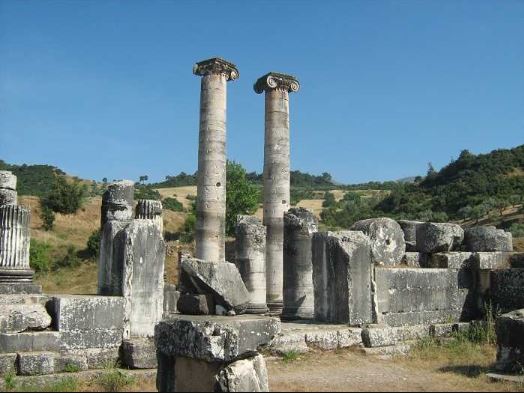
How to Get to Sardis
Reaching Sardis is very easy via Izmir Adnan Menderes Airport. From Izmir, renting a car is convenient, allowing for a scenic 1.5-hour drive through the picturesque Turkish countryside.
For those relying on public transportation, buses run regularly from Izmir to Salihli, a nearby town. From Salihli, local minibuses or taxis can take visitors directly to the Sardis archaeological site. The journey through the lush landscapes of western Turkey enhances the experience, setting the stage for the historical exploration that awaits.
The route to be followed by those departing from Salihli:
Salihli-Sart-You can see ruins on the right and left of the asphalt road passing through Sart. On the right side of the road is the Ancient City of Sardes, on the left side of the road is the Temple of Artemis.
The route to be followed by those departing from Izmir:
Izmir-Turgutlu-Ahmetli-Sart-You can see ruins on the right and left of the asphalt road passing through Sart. On the left side of the road is the Ancient City of Sardes, on the right side of the road is the Temple of Artemis.
Highlights of the Sardis
Sardis is renowned for its impressive ruins, which showcase the architectural prowess and cultural achievements of its ancient inhabitants. Some of the highlights include:
- The Temple of Artemis: One of the largest temples of the ancient world, the Temple of Artemis at Sardis was a monumental structure that underscored the city’s religious significance. Though only a few columns remain standing, they convey the temple’s former grandeur.
- The Gymnasium and Bath Complex: This well-preserved structure offers insights into the social and cultural life of ancient Sardis. The grand façade and intricate mosaics reflect the city’s prosperity and the importance placed on public life and recreation.
- The Synagogue: Sardis is home to one of the oldest known synagogues, dating back to the Roman period. Its impressive size and elaborate decorations highlight the presence and influence of a thriving Jewish community within the city.
- The Sardis Acropolis: Perched on a hill overlooking the city, the acropolis provides panoramic views of the surrounding landscape and offers a glimpse into the defensive strategies of ancient Sardis.
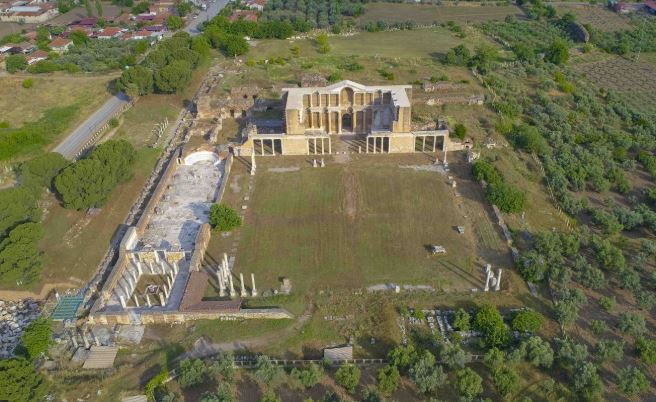
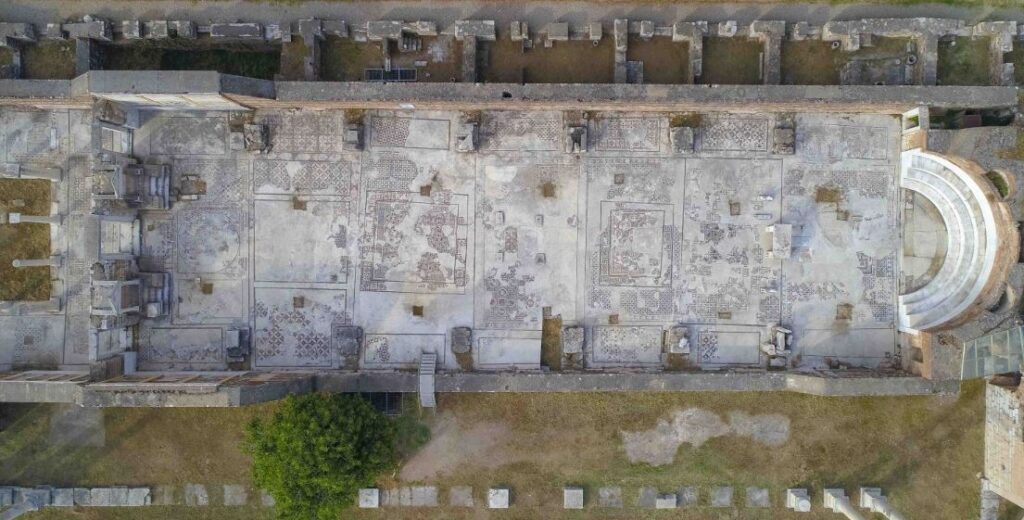
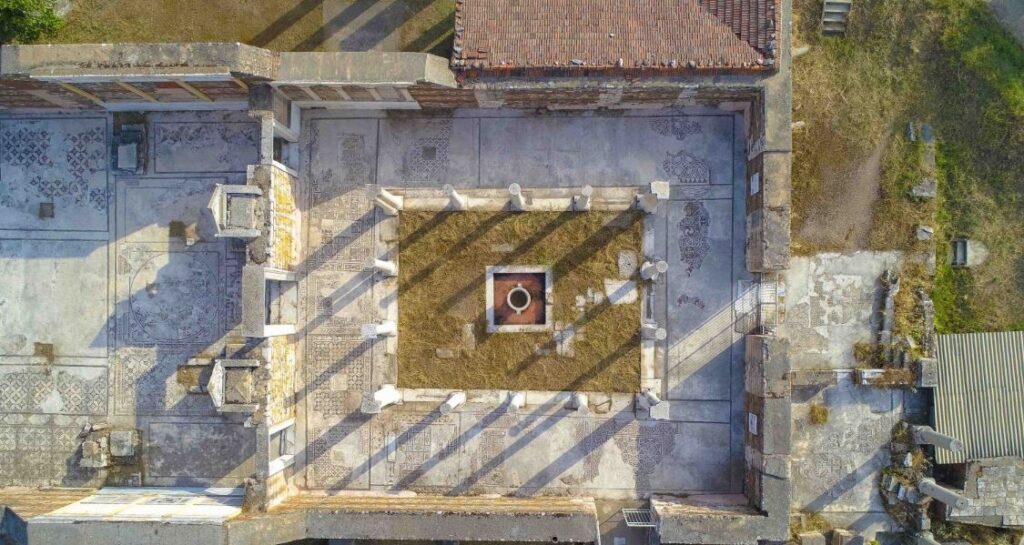
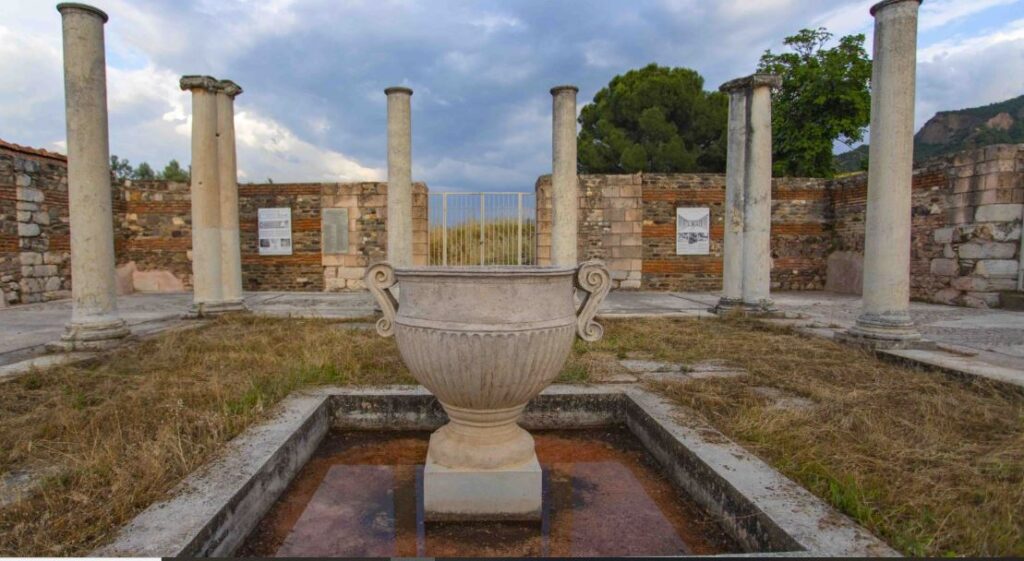
Why Sardis is a Must-See Place
Sardis is a must-see destination for history enthusiasts and curious travelers. The site offers a unique opportunity to explore the remnants of a city that was once the heart of the Lydian kingdom, famous for its wealth and innovation. The introduction of coinage, attributed to the Lydians, revolutionized trade and laid the foundation for modern economic systems. Sardis also played a significant role in the spread of Hellenistic and Roman culture, as evidenced by its architectural and artistic legacy.
Moreover, the city’s strategic location at the crossroads of major trade routes made it a melting pot of cultures and ideas, enriching its historical narrative. Visiting Sardis allows travelers to connect with this rich tapestry of history and experience the blend of influences that shaped the ancient world.
Legends and History of Sardis Ancient City
Sardis is steeped in legends and historical significance. It was the capital of Lydia, ruled by the legendary King Croesus, whose immense wealth became proverbial. Croesus is often associated with the phrase “rich as Croesus,” highlighting the city’s prosperity during his reign. According to legend, Sardis was also the site where the last Lydian king consulted the Oracle of Delphi before his ill-fated war with Persia.
Historically, Sardis was a major center of commerce and innovation. The Lydians are credited with the invention of coinage, which facilitated trade and economic growth. The city’s strategic location along the Royal Road, a major trade route connecting the Aegean coast with the inland regions of Asia Minor, further cemented its importance.
Sardis also played a pivotal role in the spread of Christianity. It was one of the Seven Churches of Asia mentioned in the Book of Revelation, underscoring its religious significance during the early Christian era.
Interesting Facts About Sardis
- Invention of Coinage: Sardis is credited with being the birthplace of coinage, a revolutionary development that transformed trade and commerce in the ancient world.
- Multicultural Hub: The city was a melting pot of cultures, with diverse communities, including Lydians, Greeks, Romans, and Jews, contributing to its rich cultural tapestry.
- Engineering Marvels: The Lydians were skilled engineers, evident in the construction of the city’s robust fortifications and the advanced water management systems that supplied the city.
- Religious Significance: The presence of significant religious structures, such as the Temple of Artemis and the synagogue, highlights the diverse religious practices and communities in Sardis.
Architecture, Structure, and Design
The architecture of Sardis reflects the city’s historical layers and cultural influences. The Temple of Artemis, with its grand columns and massive dimensions, is a testament to the religious devotion and architectural ambition of the Lydians. The gymnasium and bath complex, with its Hellenistic design and Roman additions, showcases the city’s adaptation to changing cultural norms and influences.
The synagogue, one of the largest of its time, is an architectural marvel, featuring intricate mosaic floors and decorative elements that highlight the artistic skills of the period. The city’s fortifications, including the acropolis, demonstrate advanced engineering techniques and strategic planning, offering insights into the defensive needs of ancient Sardis.
Nearby Attractions
Sardis is surrounded by several attractions that complement a visit to the ancient city. Some nearby sites worth exploring include:
- Mount Tmolus: Known today as Bozdağ, this mountain offers hiking opportunities and stunning views of the surrounding landscape, providing a natural complement to the historical exploration of Sardis.
- Salihli: The nearby town of Salihli offers a glimpse into modern Turkish life and culture, with local markets, eateries, and historical sites that reflect the region’s rich heritage.
- Philadelphia (Alaşehir): Another of the Seven Churches of Asia, Philadelphia is located a short drive from Sardis. Visitors can explore its ruins and learn about its historical significance in the early Christian era.
- Manisa: This vibrant city is known for its historical sites, including the Muradiye Mosque and the Manisa Museum, offering additional insights into the region’s diverse history.
Best Time to Visit Sardis
The best time to visit Sardis is during the spring (April to June) and autumn (September to October) months. During these seasons, the weather is mild and pleasant, making it ideal for exploring the open-air archaeological site. The summer months can be quite hot, while winter may bring rain, which can make exploration less comfortable.
Dress Code for Sardis
While there is no strict dress code for visiting Sardis, it is advisable to dress comfortably and appropriately for outdoor exploration. Visitors should wear sturdy walking shoes, as the terrain can be uneven. It is also wise to bring sun protection, such as hats and sunscreen, especially during the warmer months.
Opening Hoursof Sardis
Sardis is open to visitors year-round, with specific hours that may vary by season. Generally, the site opens around 8 AM and closes at 5 PM. It is advisable to check the schedule in advance, as hours may be adjusted during holidays or for maintenance work.
Entrance Fees
The entrance fees for Sardis are reasonable, allowing visitors to explore the ancient ruins and learn about the city’s rich history. Fees may vary, so it is best to confirm the current rates before visiting.
Museum Pass:
The Museum Pass Turkey is not valid for entry to Sardis, as it is a separate archaeological site. However, the entrance fee is modest compared to the rich experience it offers. Visitors will find that the historical significance and stunning ruins make it well worth the cost.
Tips for Visitors
For a memorable visit to Sardis, consider the following tips:
- Plan Ahead: Research the site and its history before visiting to enhance the experience.
- Hire a Guide: Consider hiring a local guide to gain deeper insights into the history and significance of the ruins.
- Bring Water and Snacks: Pack water and snacks, as facilities on-site may be limited.
- Take Your Time: Allocate enough time to explore both the main attractions and the surrounding area.
- Capture the Memories: Bring a camera to capture the stunning architectural details and breathtaking landscapes.
FAQ
How do I get to Sardis from Izmir?
- Sardis is accessible by car or public transport from Izmir. The drive takes about 1.5 hours, and buses run regularly to the nearby town of Salihli, from where local transport can take you to the site.
What are the hours of operation for Sardis?
- Sardis is generally open from 8 AM to 5 PM, but it is advisable to check the schedule in advance, as hours may vary by season.
Is there an entrance fee for Sardis?
- Yes, there is an entrance fee to visit Sardis. The fee is modest and allows visitors to explore the ancient ruins.
Can I take guided tours of Sardis?
- Yes, guided tours are available, and hiring a local guide can enhance the experience by providing valuable insights into the history and significance of the site.
Are there any nearby attractions worth visiting?
- Yes, nearby attractions include Mount Tmolus, the town of Salihli, Philadelphia (Alaşehir), and the city of Manisa, all offering additional historical and cultural experiences.



